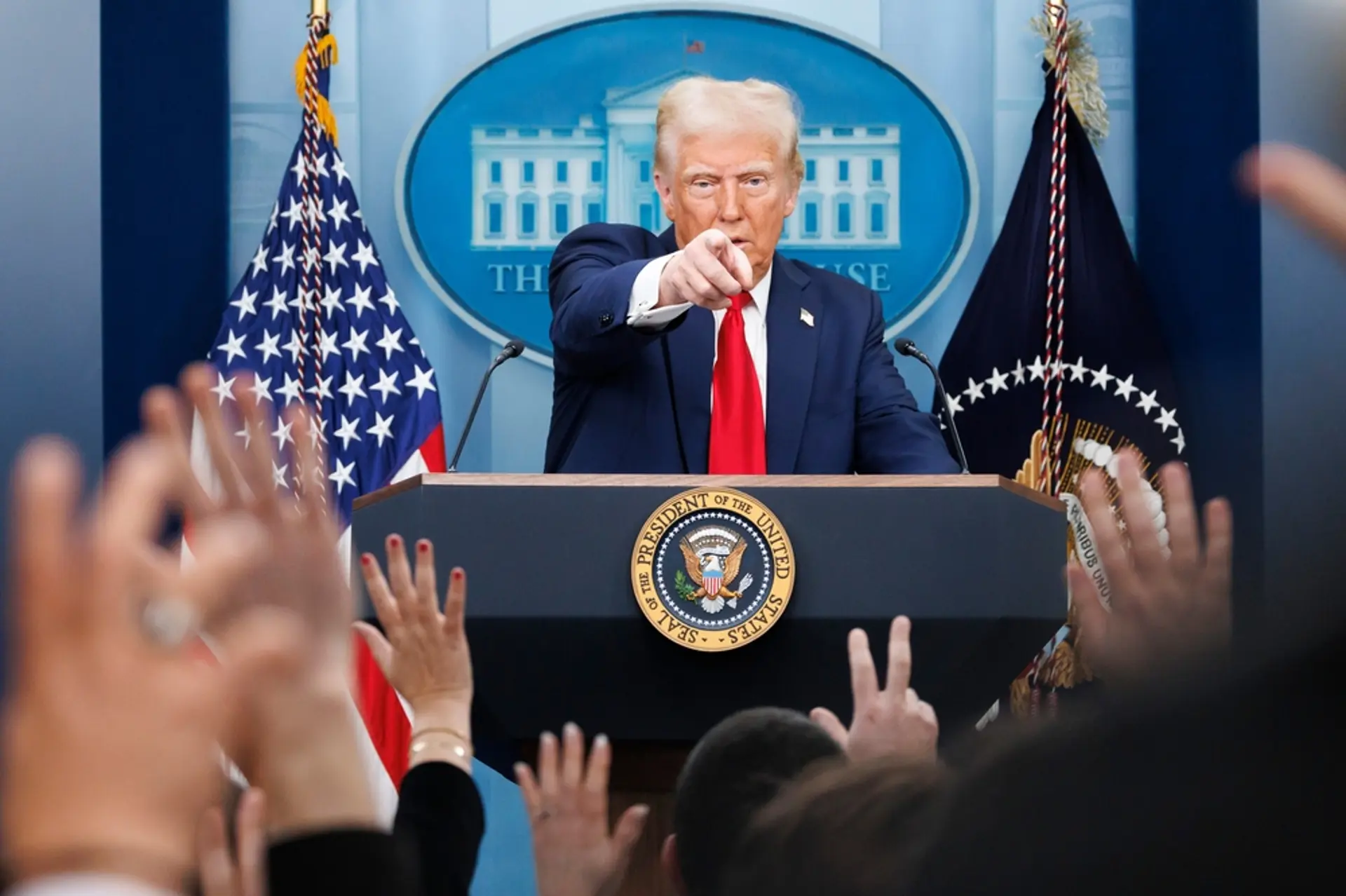PiCK
Won-Dollar Exchange Rate Rises to Highest in 5 Years... Surpasses 1,000 Won per 100 Yen [Hankyung Foreign Exchange Market Watch]
- It was reported that the won-dollar exchange rate has risen to its highest level in five years, causing investor anxiety.
- As the trade war between the U.S. and China intensifies, the risk aversion sentiment has increased, leading to a decline in the value of the won.
- Experts predict that there is a possibility of further exchange rate increases depending on the movement to convert foreign dividends into dollars.
- The article was summarized using an artificial intelligence-based language model.
- Due to the nature of the technology, key content in the text may be excluded or different from the facts.
Exchange Rate per Dollar Rises by 33.7 Won
Largest Increase Since COVID-19
Returns to Original Position Just One Day After Yoon's Dismissal

The won-dollar exchange rate has risen to its highest level in five years (the value of the won has fallen). This is due to concerns that a global tariff war will intensify following the announcement of retaliatory tariffs by China, following the imposition of reciprocal tariffs by the United States. Demand for safe assets is flocking to the yen, causing the won-yen exchange rate to soar above 1,000 won per 100 yen.
On the 7th, the won-dollar exchange rate in the Seoul foreign exchange market (as of 3:30 PM) ended weekly trading at 1,467 won 80 jeon, up 33 won 70 jeon from the previous trading day. After the dismissal of President Yoon Suk-yeol on the 4th, the exchange rate, which had plummeted by 32 won 90 jeon to the 1,430 won range reflecting the resolution of political uncertainty, returned to its original position in just one day. The increase of 33 won 70 jeon in one day was the largest since March 19, 2020, during the COVID-19 period (40 won) in over five years.
The exchange rate started at 1,462 won, up 27 won 90 jeon, and rose to 1,471 won 50 jeon during the day. As China decided to impose a 34% retaliatory tariff on U.S. products on the 4th, right after the imposition of reciprocal tariffs by the U.S., concerns about an escalating trade war increased risk aversion sentiment, directly impacting the won.
Lee Min-hyuk, a researcher at KB Kookmin Bank, analyzed, "The pressure for the won to weaken is increasing due to the uncertainty in the trade environment stemming from China's retaliatory tariffs against the U.S.," and "The fear that the trade war could lead to a global economic recession is stimulating safe asset preference sentiment." Wi Jae-hyun, an economist at NH Futures, predicted, "If the movement to convert dividends received by foreigners into dollars appears this month, the exchange rate could rise further."
The yen, another safe asset, also showed strength, causing the won-yen fiscal exchange rate to rise significantly. As of 3:30 PM, the won-yen exchange rate was 1,008 won 21 jeon per 100 yen, up 26 won 39 jeon from the same time on the previous trading day (981 won 82 jeon). This is the highest level since March 22, 2022 (1,011 won 75 jeon).
The authorities' sense of alert is also growing. The Bank of Korea formed an 'emergency response task force' in the morning to check the market situation. Yoo Sang-dae, Deputy Governor of the Bank of Korea, said, "The uncertainty surrounding U.S. tariff policy is high, and it may last longer than expected," adding, "We will immediately implement available market stabilization measures if necessary."
Reporter Kang Jin-kyu josep@hankyung.com

Korea Economic Daily
hankyung@bloomingbit.ioThe Korea Economic Daily Global is a digital media where latest news on Korean companies, industries, and financial markets.
PiCK News
World(WLD) Officially Enters the US Market
31 minutes ago
WSJ "Tesla Board Begins Process to Select Musk's Successor as CEO"
1 hours ago
"40% of Trump's Wealth is in Cryptocurrency... Surged in Recent Months"
2 hours ago
Bloomberg "90% Chance of Solana and Litecoin ETF Approval"
3 hours ago
US and Ukraine Sign Mineral Agreement... 'Russian Invasion' Specified
3 hours ago